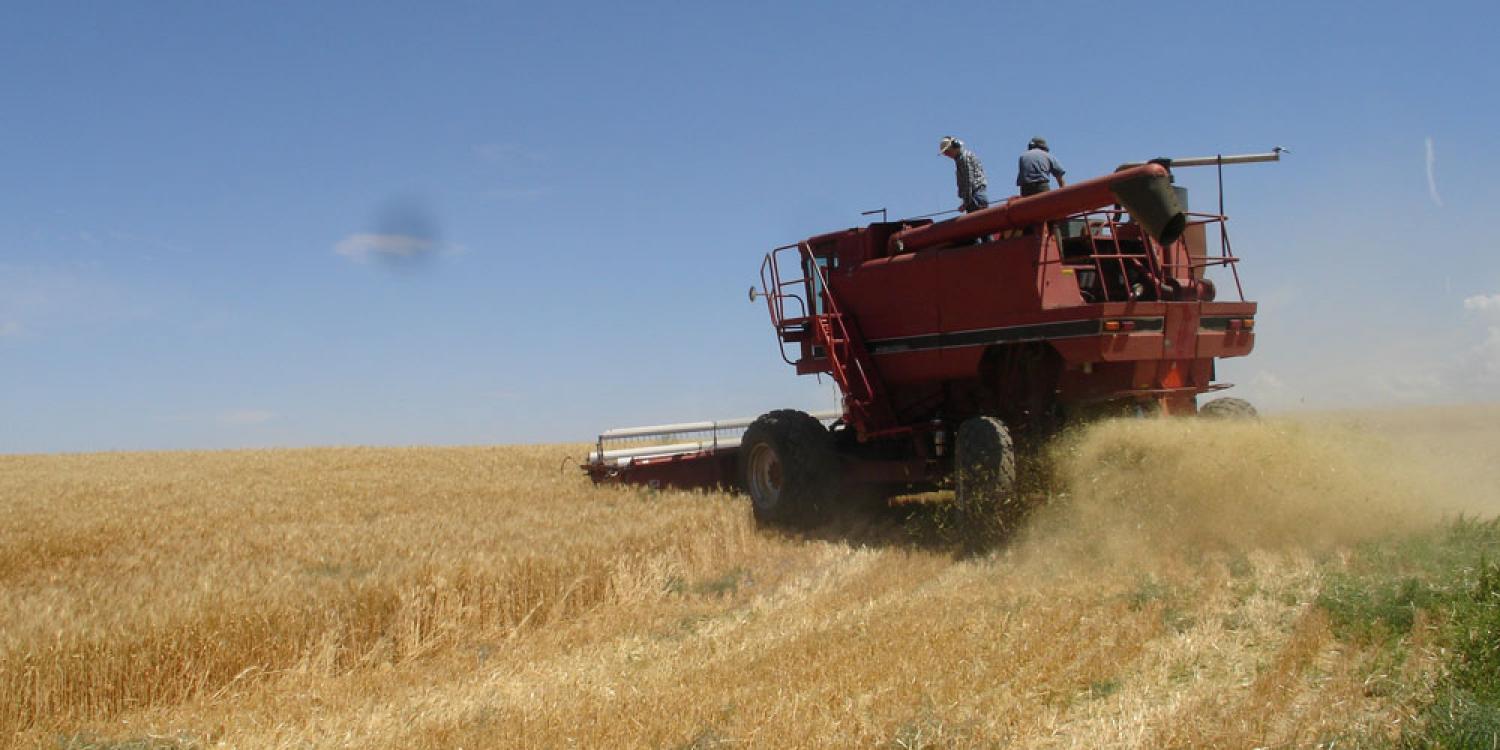
Battling weed infestations on farms is an ongoing fight that is often reactive instead of proactive. Weeds begin to grow as irregular patches and then can expand to the entire field, where they become more difficult to manage. Applying herbicides on large areas of land is one way to deal with the situation, if weeds are not herbicide-resistant, but it can be expensive and harmful to the environment, so farmers try to minimize their use. Controlling weeds before they start producing seeds can prevent larger infestations and save money.
Oregon’s dryland farms are especially susceptible to three weeds – kochia, Russian thistle, and prickly lettuce – that haven’t gone to seed by the time of wheat harvest. They can be sprayed immediately after harvest, preventing future growth. But it can be costly. Commercial sensors are available to mount on combines, allowing farmers to map yield and protein content in the grain, a measure of quality. While sensors to estimate yield are relatively inexpensive, they cannot account for weeds. Sensors to measure protein content offer possibilities to account for weeds, but they can be costly ($25,000) and different protein content per species still need to be assessed.
In response, Judit Barroso, assistant professor and Extension weed specialist at the Columbia Basin Agriculture Research Center outside Pendleton in collaboration with two USDA colleagues, is working to make precision farming more accessible to wheat growers. Using an affordable sensor to map the grain protein content in fields, she helped develop a method to detect infestations of green weeds at harvest that produces a weed map for growers. Compared to walking surveys conducted by experts, this sensor produces weeds maps that are accurate 80% of the time in highly infested fields, and 95% in low infested fields.
As a result, this method to map grain quality is proven accurate enough to map green weeds at harvest and target site-specific herbicide applications before those weeds produce seed and get out of control. In a 2016 wheat field, there were very little weeds, resulting in a 95% decrease in annual herbicide applications. With more research, these techniques can be expanded to other weed species so more farmers can save money by controlling weeds precisely while helping the environment.